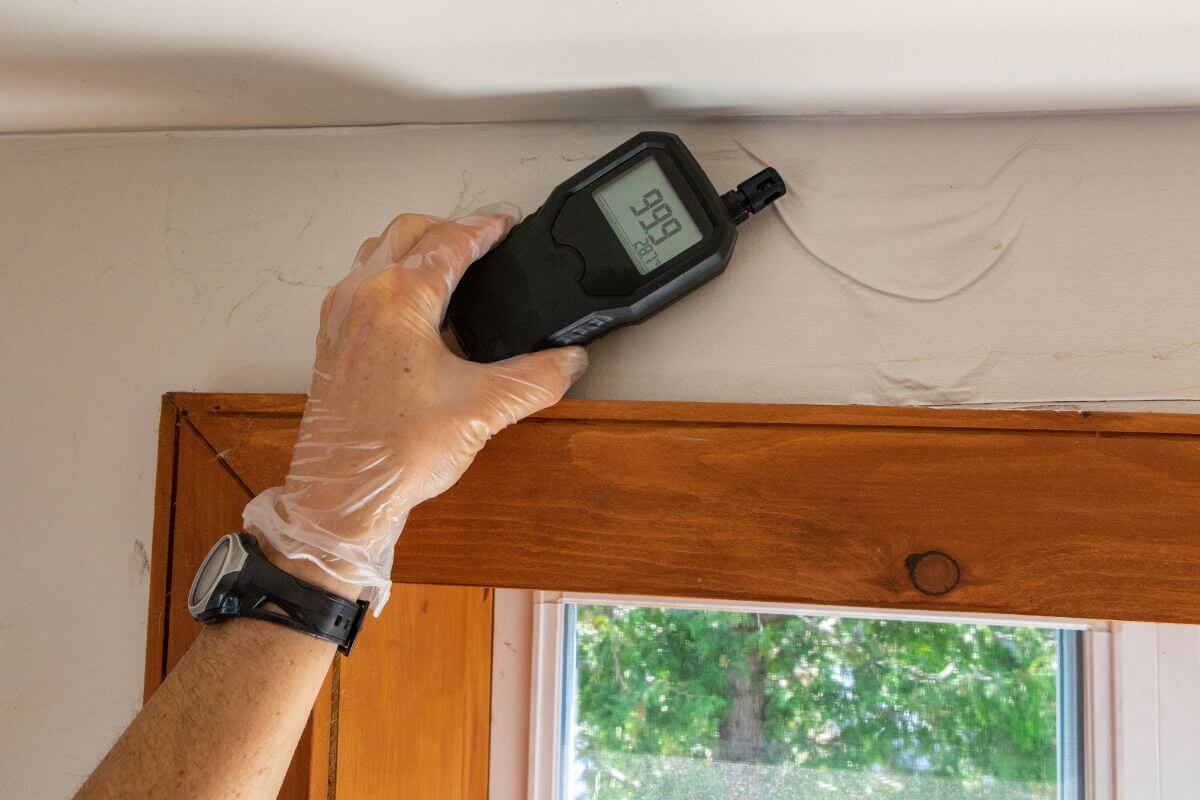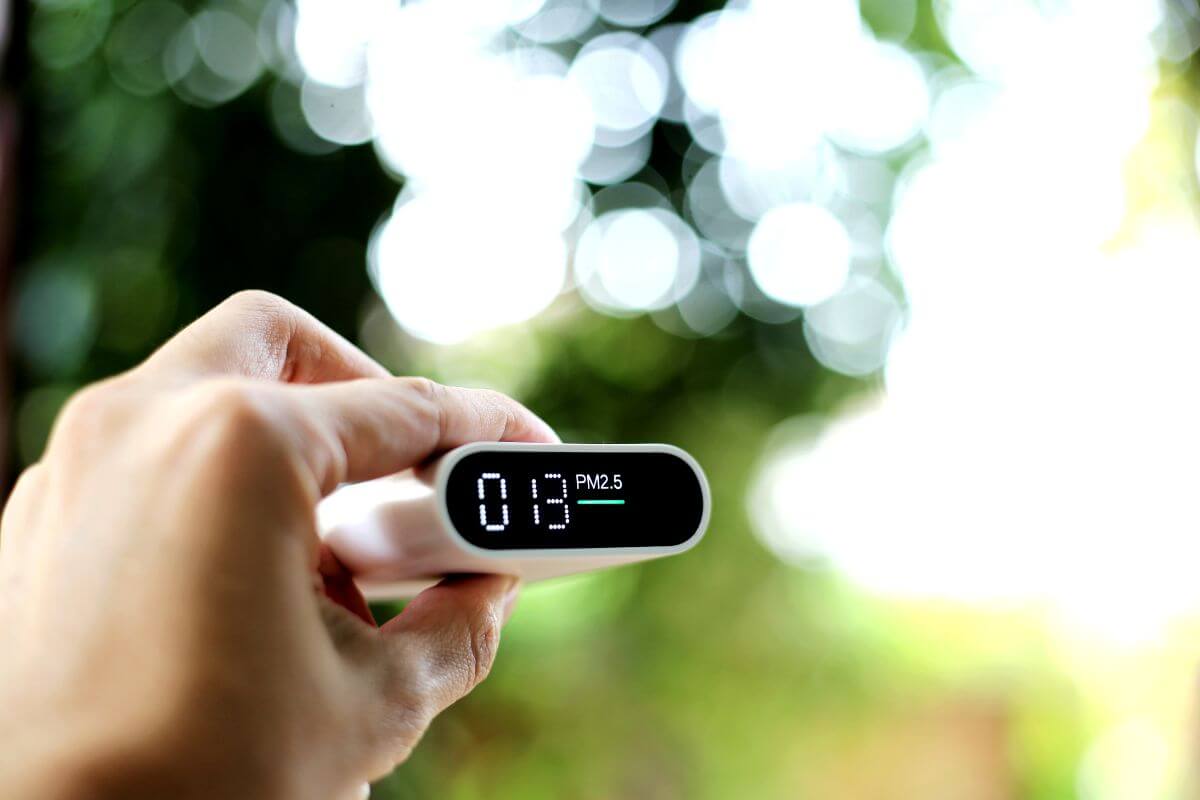When you’re in Montana, surrounded by its breathtaking landscapes, have you ever wondered about the quality of the air you’re breathing?
Montana’s air quality is a crucial aspect to understand, whether you’re a resident or a visitor. In this guide, we’ll delve into everything you need to know about the air in Big Sky Country.
From understanding the Air Quality Index (AQI) and its implications to real-time monitoring platforms, we’ll explore how to stay informed about the air you breathe. You’ll also discover the health effects of poor air quality and get tips on reducing its impact on your outdoor activities.
- Related article: Montana Journey Tips
So, are you ready to unlock the secrets of Montana’s air quality and make healthier choices for yourself and your loved ones? Let’s get started.
7 Key Takeaways on Montana’s Air Quality
- The Air Quality Index (AQI) is a vital tool for understanding Montana’s air quality, with categories ranging from “Good” to “Hazardous.”
- Poor air quality can have serious health effects, especially for vulnerable groups like children and the elderly.
- Real-time air quality monitoring platforms like Today’s Air and Air Now offer valuable insights and guidelines for outdoor activities.
- Tips for reducing the impact of poor air quality on outdoor adventures include checking air quality reports, timing activities, and creating a clean indoor environment.
- Montana’s Department of Environmental Quality (DEQ) provides a comprehensive air quality monitoring map to help plan outdoor activities.
- Being proactive and mindful can help you still enjoy Montana’s outdoors while minimizing health risks from poor air quality.
- Understanding and respecting Montana’s air quality is essential for a healthier and more enjoyable experience in the state.
Montana Air Quality

When you think of Montana, you might envision its sweeping landscapes, rugged mountains, and crystal-clear rivers. But have you ever stopped to consider the quality of the air you’re breathing in this picturesque state?
Montana’s air quality is a vital aspect to understand, whether you’re a resident or a visitor. Let’s take a closer look at what you need to know about the air you’ll be breathing in Big Sky Country.
Montana Air Quality Index
When it comes to understanding Montana’s air quality, the Air Quality Index (AQI) is your go-to tool. It’s a simple scale that tells you how clean or polluted the air is in different locations.
| Location | Status | AQI-IN | PM2.5 | PM10 | Temp | Humid |
|---|---|---|---|---|---|---|
| Bozeman | Good | 14 | 8 | 0 | -10 | 84 |
| Butte | Poor | 101 | 8 | 101 | -6 | 84 |
| Columbia Falls | Good | 39 | 24 | 15 | -4 | 91 |
| Great Falls | Good | 16 | 10 | 0 | 4 | 36 |
| Hamilton | Good | 45 | 27 | 0 | 1 | 60 |
| Havre | Good | 23 | 1 | 2 | -3 | 72 |
| Helena | Good | 22 | 7 | 0 | -6 | 84 |
| Lewistown | Good | 34 | 1 | 1 | -6 | 62 |
| Lockwood | Good | 4 | 2 | 0 | -1 | 51 |
| Miles City | Good | 12 | 7 | 5 | -4 | 76 |
| Missoula | Good | 28 | 15 | 7 | -3 | 83 |
| Polson | Good | 18 | 10 | 18 | -1 | 69 |
| Sidney | Good | 25 | 0 | 2 | -10 | 92 |
The AQI takes into account various pollutants, including PM2.5 and PM10. Now, you might be wondering what these acronyms mean.
PM10 refers to particles 10 micrometers or less in diameter, while PM2.5 is even smaller, measuring 2.5 micrometers or less. In other words, PM2.5 particles are about 40 times smaller than the width of a human hair.
Why is this important? Well, PM2.5 particles are so fine that they can easily bypass our throat and nose filters and make their way into our lungs. Once inhaled, they can wreak havoc on our respiratory and cardiovascular systems, leading to health issues like heart disease, asthma, and low birth weight.
It breaks down air quality into easy-to-understand categories, ranging from “Good” to “Hazardous.” Here’s a quick rundown:
- Good (0-50) – Air quality is excellent, and you can breathe easy.
- Moderate (51-100) – Sensitive groups, like those with respiratory conditions, may experience some discomfort.
- Unhealthy for Sensitive Groups (101-150) – People with heart or lung diseases, older adults, and children should limit prolonged outdoor activities.
- Unhealthy (151-200) – Everyone should reduce prolonged outdoor exertion.
- Very Unhealthy (201-300) – Avoid outdoor activities, especially if you fall into a sensitive group.
- Hazardous (301-500) – Stay indoors, and if you must go out, wear a mask.
To check the AQI levels in your area, you can refer to the Montana Department of Environmental Quality’s website or even download an AQI app on your smartphone. It’s a handy way to stay informed and make healthier choices, especially on days when the air quality is less than ideal.
Health Effects of Poor Air Quality

Montana’s pristine landscapes are a sight to behold, but it’s important to note that poor air quality can pose health risks, especially for vulnerable groups like children, older adults, and those with respiratory conditions.
During periods of compromised air quality, keep an eye out for symptoms like coughing, itchy eyes, difficulty breathing, chest pain, nausea, and fatigue. These signs could indicate that you should take extra precautions.
The Dangers of Prolonged Exposure Extended periods of breathing in polluted air can have serious consequences. The risks include respiratory infections, heart disease, stroke, lung cancer, and even developmental damage in children. It’s not something to take lightly.
To protect oneself from poor air quality, it is recommended to:
- Reduce time spent outside during periods of high air pollution.
- Monitor local air quality reports and adjust activities accordingly.
- Maintain a healthy lifestyle, including regular exercise and a balanced diet, to reduce the risk of chronic obstructive pulmonary disease (COPD) and other health issues.
- Use air purifiers and humidifiers to improve indoor air quality.
- Avoid using gas-fueled yard equipment and opt for electric or battery-powered alternatives.
- Carpool or use public transportation to reduce emissions from vehicle exhaust.
It is essential to be aware of the local air quality and take necessary precautions to minimize exposure to air pollutants. Similarly, the quality of water in Montana is of equal importance in terms of health, requiring awareness and attention.
Real-Time Air Quality Monitoring in Montana
When it comes to the air you breathe, knowledge is power. And in Montana, you have a treasure trove of resources at your fingertips to stay informed about the quality of the air around you.
Here are some platforms and programs you can tap into:
- Montana Department of Environmental Quality (DEQ) – The DEQ, collaborating with local agencies, operates an air monitoring network measuring pollutants like PM2.5 and PM10. This network offers crucial insights into statewide air quality conditions and trends.
- Today’s Air – Get hourly updates on PM2.5 levels across Montana with this handy platform. It provides real-time air quality tracking and visibility guidelines, allowing you to make informed decisions for outdoor activities like hikes or picnics.
- Air Now – Air Now provides current and forecasted air quality data for Montana, courtesy of the U.S. Environmental Protection Agency. With visibility guidelines, it enhances your understanding of health implications related to various pollution levels.
- AQICN – Access Montana’s Air Quality Index (AQI) effortlessly through the AQICN platform, offering real-time data and insights into health risks linked to various pollution levels. Whether you’re considering outdoor activities or staying indoors, AQICN has you covered.
- IQAir – IQAir takes things up a notch by offering you real-time, historical, and forecast PM2.5 and weather data. You can access air quality index information for your specific area, giving you a hyper-local understanding of pollution levels.
Why does this matter? Well, with wildfires becoming more prevalent in the state, keeping an eye on air quality is crucial for your health. These resources empower you to make well-informed choices, whether it’s about going for a jog or simply stepping outside.
To get a real-time pulse on Montana’s air quality, you’ll want to check out the Montana Department of Environmental Quality’s Air Quality Monitoring Map (source). This handy tool gives you an up-to-date overview of air quality across the state, including key cities and regions.
Outdoor Activities and Air Quality

When you’re out and about in Montana, the last thing you want to worry about is the air you’re breathing. Thankfully, Montana’s vast open spaces and low population density generally contribute to good air quality. But it’s always wise to be aware of any air quality advisories, especially if you have respiratory sensitivities.
Air Quality Impact on Outdoor Activities

When you think of Montana, you picture clear blue skies and pristine landscapes. But did you know that the state’s air quality can fluctuate, just like anywhere else?
Understanding how air quality affects your outdoor adventures is crucial, especially if you fall into the “sensitive groups” category. Here’s why you should pay attention to air quality before your next hike or camping trip:
- Timing of Outdoor Activities – Planning outdoor activities in the morning when the quality of air is better and it is not as hot can help reduce exposure to poor air quality, as particle pollution can be high at any time of the day.
- Air Quality Index (AQI) Guidelines – The Air Quality Index (AQI) directs outdoor activities, suggesting limitations during “Unhealthy for Sensitive Groups” conditions. It advises limiting vigorous outdoor activity and maintaining light to moderate indoor activity, especially for individuals with respiratory or cardiovascular conditions, including children.
- Impact on Physical Activity – High levels of air pollution, especially particulate matter, can impact outdoor physical activities, with research indicating reduced engagement. The intensity of the activity can also influence the health risks associated with exposure to particle pollution.
Remember, it’s not just about the visual clarity of the air; it’s about the invisible particles that can harm your health.
By keeping an eye on the AQI, adjusting your activity levels, and being mindful of your health, you can still enjoy Montana’s great outdoors while minimizing the risks.
Tips for Reducing the Impact of Poor Air Quality on Outdoor Activities
When you’re eager to hit the Montana trails or spend the day fishing, it’s disheartening to find out the air quality is less than ideal.
But fear not, as there are ways to minimize the impact of poor air quality on your outdoor adventures. Here’s how:
- Check the Air Quality and Smoke Page – Before you lace up your hiking boots or pack your picnic basket, make it a habit to check Montana’s Air Quality and Smoke page. It provides real-time updates on the air quality index (AQI) and smoke conditions, helping you plan your activities accordingly.
- Time it Right – If you’re determined to get some fresh air, consider scheduling your outdoor activities during times when the air quality is improving. The AQI can fluctuate throughout the day, so aim for periods when it’s in the moderate range.
- Create a Clean Indoor Haven – When the AQI is high, it’s crucial to create a clean indoor environment. Invest in an air purifier or fresh air machine to ensure the air you breathe at home is as pristine as possible. Remember to keep doors and windows closed during peak poor air quality hours.
- Opt for Lower Intensity Activities – If the air quality is particularly poor, choose outdoor activities that are less strenuous and involve shorter durations. For instance, a stroll through a park might be a better option than a rigorous mountain hike.
By being mindful of the air quality and taking appropriate precautions, you can still enjoy the great outdoors while minimizing the potential risks.
Remember, your well-being comes first. So, if the air quality is persistently poor, it might be best to consider indoor alternatives or plan your outdoor adventures for a later date when the air quality is more favorable.
Montana Air Quality Final Thoughts

Understanding and monitoring air quality is crucial for responsible living in Montana. Real-time monitoring platforms like DEQ, Today’s Air, Air Now, AQICN, and IQAir provide information for well-informed choices.
Why this matters is that when planning activities like a hike in the Bitterroot Mountains, knowing the air quality is essential to avoid potential risks, especially for vulnerable groups. If air quality is poor, investing in a home air purifier can offer a refuge.
Be proactive! Instead of staying indoors, consider outdoor activities with minimized exposure, like shaded trails or low-intensity exercises, prioritizing health while enjoying Montana’s outdoors. Whether fishing on the Madison River or exploring Glacier National Park, checking air quality ensures a healthier experience for you and your loved ones.
Montana Air Quality FAQs
1. What Is the Current Air Quality Index in Montana?
As of December 18, 2023, the overall Air Quality Index (AQI) in Montana is 42, which is considered “Good” according to the United States Environmental Protection Agency (EPA) standards.
However, the AQI varies across different cities in Montana, with some areas experiencing higher levels of air pollution than others.
2. How Harmful Is Indoor Air Pollution in Montana?
Indoor air pollution in Montana is a significant concern due to its potential to cause health problems.
According to the Montana State University Extension, indoor air pollutants can lead to health issues, with the potential to release harmful gases such as carbon monoxide into the home.
3. What Season Is the Worst Air Quality in Montana?
The worst air quality in Montana is typically experienced during the winter months, particularly from late October onwards. This is due to a combination of factors, including increased wood burning for heating and temperature inversions that trap pollutants close to the ground.
The dry summer months can also lead to poor air quality due to wildfires, with smoke from these fires causing air quality concerns across the state.
4. What Is Causing the Poor Air Quality in Montana?
The primary causes of poor air quality in Montana are smoke from wildfires, wood burning, and temperature inversions, with wildfires being a significant factor, especially during the dry summer months.
Don’t stop here! Dive into our archives for a wealth of Montana-related content:

